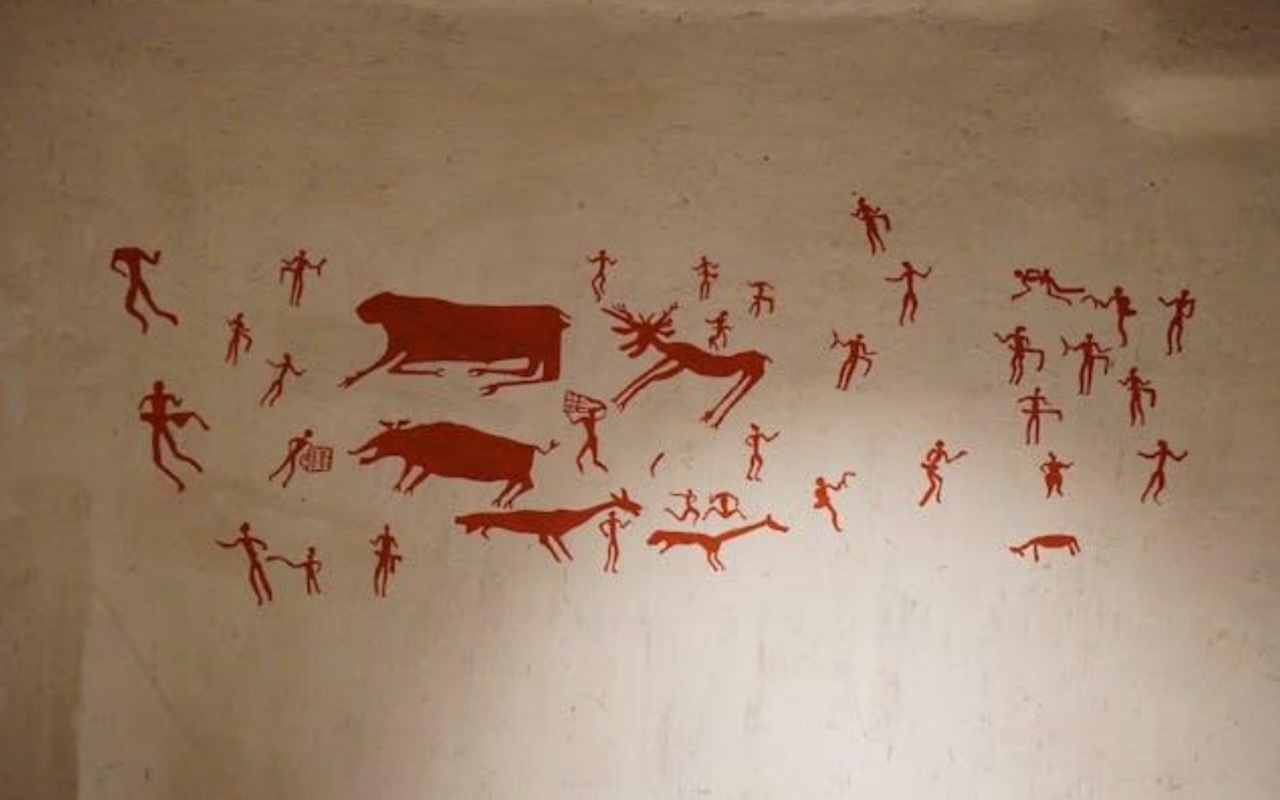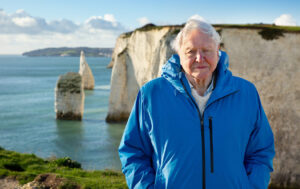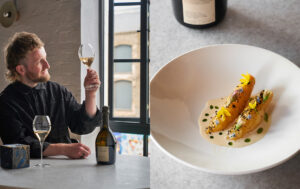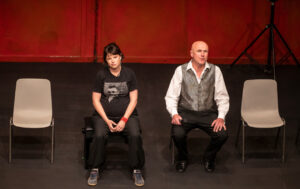Tracing the tapestry: The evolution of art through the ages

Art is a living testament to humanity’s creativity and resilience. From ancient cave paintings to digital masterpieces, it has evolved alongside society, reflecting our dreams, struggles, and triumphs. In the modern era, art’s influence extends beyond galleries, finding unique applications in unexpected spaces. For instance, the recent developments in the fintech sector are changing how art is perceived and monetised. Non-fungible tokens (NFTs) are pieces of digital art that can be owned, purchased, or sold, allowing people to own what the digital community considers an artistic item. Cryptocurrencies are also making waves, becoming a legit payment method in numerous fields, art included. Also, platforms like casinos not on Gamstop seamlessly combine art and entertainment while offering freedom of play, bonuses and other freebies. These games offer visually stunning environments where enthusiasts can enjoy betting on their favourite sports with competitive odds while playing art-themed slots. Perhaps NFTs will soon enter the gaming arena as game characters; AI can already create incredible game developments and characters – real pieces of art, some would say.
Let’s see how art has come such a long way from cave scribblings to artistic video games.
The dawn of artistic expression
The history of art begins with prehistoric cave paintings, carvings, and sculptures, serving as mankind’s first attempts to record their experiences and beliefs. These early artworks, often found in caves like those at Altamira and Lascaux, showcase a fascination with nature and spirituality. The deliberate use of colours and forms reveals an innate desire to tell stories and connect with the unknown.
The classical and medieval ages
As civilisations flourished, so did their art. In ancient Greece and Rome, art became synonymous with perfection, symmetry, and realism. Classical sculptures like Discobolus and architectural marvels like the Parthenon represent humanity’s pursuit of ideal beauty and order.
The medieval period, on the other hand, saw art shift toward religious devotion. Gothic cathedrals like Notre Dame and illuminated manuscripts like the Book of Kells embody the spiritual fervor of the time. During this era, colour and ornamentation gained prominence, foreshadowing the vibrancy that would later define the Renaissance.
The renaissance and beyond
The Renaissance marked a rebirth of art, inspired by classical ideals and fuelled by new techniques like perspective and chiaroscuro. Masters like Leonardo da Vinci, Michelangelo, and Raphael revolutionised painting, sculpture, and architecture. This period celebrated humanity’s intellectual and creative potential, producing iconic works such as the Mona Lisa and the Sistine Chapel ceiling.
Following the Renaissance, movements like Baroque, Rococo, and Neoclassicism emerged, each responding to social, political, and cultural shifts. Baroque art’s dramatic intensity contrasted with Rococo art’s playful elegance, while Neoclassicism revisited classical themes with a modern twist.
Modernism and abstraction
The Industrial Revolution brought about unprecedented societal changes, which were mirrored in the art movements of the 19th and 20th centuries. Impressionism, spearheaded by Monet and Renoir, captured fleeting moments and the effects of light, while Cubism, led by Picasso, deconstructed reality into geometric forms.
This era also saw the rise of abstract art, as exemplified by Kandinsky and Mondrian, breaking away from representational forms to explore pure emotion and concept. These shifts not only reflected the chaos and innovation of the modern world but also redefined the purpose of art itself.
Contemporary art: Blurring boundaries
Today, art has transcended traditional boundaries. The digital age has ushered in new mediums like video art, virtual reality installations, and AI-generated works. Platforms such as NFTs allow artists to tokenize their creations, blending technology with creativity. Additionally, the integration of art into commercial spaces—ranging from hotel lobbies to online platforms—demonstrates how art’s role has expanded beyond galleries and museums.
The ever-evolving tapestry
Art is a living testament to humanity’s creativity and resilience. From ancient cave paintings to digital masterpieces, it has evolved alongside society, reflecting our dreams, struggles, and triumphs. As we continue to innovate and explore new frontiers, art remains an enduring symbol of human connection, transcending time and culture to inspire generations.
The tapestry of art is far from complete, with each era contributing new threads of creativity. Whether through the brushstrokes of Renaissance masters or the vibrant digital landscapes of today, the evolution of art is a journey that continues to captivate and transform the world.
The influence of culture on artistic evolution
Art has always been a mirror of the cultures it emerges from, reflecting societal norms, values, and struggles. Each era’s art forms were deeply influenced by the cultural climate of the time, providing insight into human history that words alone could not capture. Ancient Egyptian art, for example, was steeped in religious symbolism and the afterlife, with its rigid, formal style reflecting the order of its society.
In contrast, the Renaissance celebrated humanism and individual achievement, influenced by the cultural shift towards science, exploration, and intellectual discovery. Similarly, the bold, experimental styles of modernism arose from a world grappling with industrialisation and global conflict. Movements like Dadaism and Surrealism directly challenged traditional societal norms, drawing on the chaos and uncertainty of their time.
Even today, art continues to be shaped by cultural phenomena. The rise of global connectivity has introduced cross-cultural influences that blur regional distinctions, creating hybrid art styles. Social movements, such as environmental awareness and social justice, inspire themes and narratives in contemporary art, making it a platform for activism. Through the ages, culture has not only shaped art but also ensured its survival, keeping it relevant to the human experience.
The editorial unit

























Facebook
Twitter
Instagram
YouTube
RSS